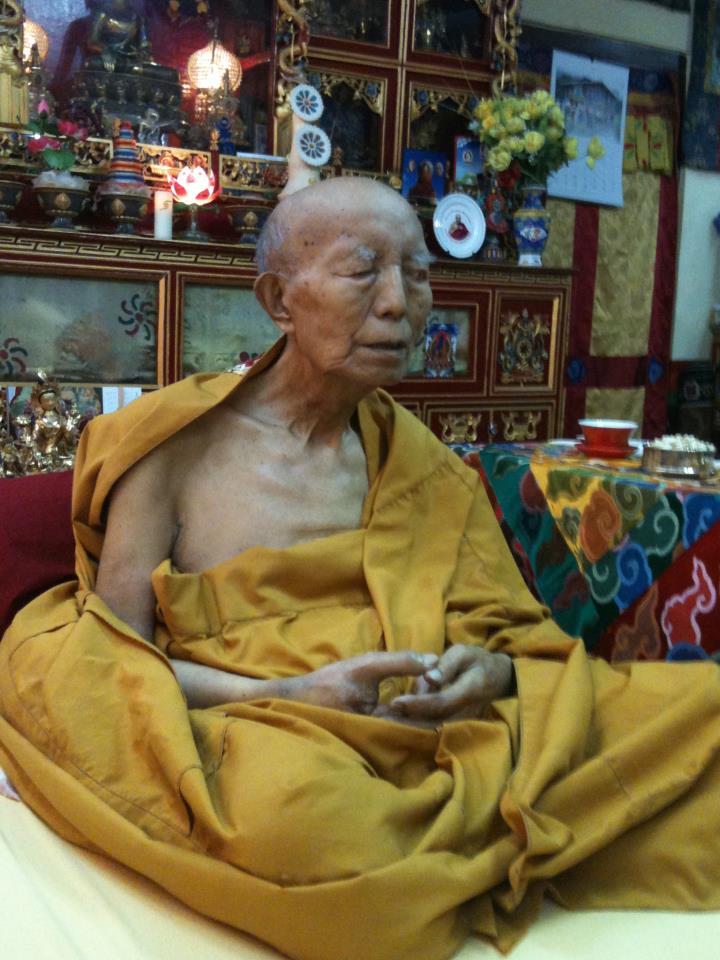 Last week I attended the Mind and Life European Summer Research Instiute 2017. The event takes place at Fraueninsel in Chiemsee in Bavaria, close to the Austrian border. Looking south, you can see mountains in the background, very impressive and awe inspiring. The island itself is very idyllic. There is an old monastery here and there have been contemplatives here for more than a thousand years. It’s a perfect place for bringing together researchers, practitioners, and people applying different aspects of contemplative practice within society, such as business and education. It was the fourth time was there.
Last week I attended the Mind and Life European Summer Research Instiute 2017. The event takes place at Fraueninsel in Chiemsee in Bavaria, close to the Austrian border. Looking south, you can see mountains in the background, very impressive and awe inspiring. The island itself is very idyllic. There is an old monastery here and there have been contemplatives here for more than a thousand years. It’s a perfect place for bringing together researchers, practitioners, and people applying different aspects of contemplative practice within society, such as business and education. It was the fourth time was there.
Filling up the Inspiration Tank
Being at the island has been a source of motivation for keeping on working within the field of contemplative science, which can be challenging. Contemplative science isn’t a discipline that is very established, which means that getting research grants, applying the right methods, and publishing your results, can be difficult. There is also a particular kind of tension one has to deal with when trying to find a connection between the age-old wisdom traditions and modern, empirical science relying on hard data. Spending a week as a part of this community fills up my inner fuel tank with inspiration that lasts for about a year. Especially the moments close to nature, lying in my back in the water looking at the stars, gazing into infinity, and connecting to a sense of wonder for this world within we exist – and which we really know so little about – has the right kind of impact on me to keep on going despite all the challenges.
The topic of this year was experience. Presentations and discussions centre on phenomenological methods, intersubjectivity, and the notions of experience, concepts, and interpretations in for instance the Buddhist tradition. All of this is very interesting to me and close to what I do as a researcher. Despite of this there are some problematic issues. These are related to both the “science” and “contemplative” bit of “contemplative science” and in particular the lack of connection between the two.
Spirituality and Science: Tukdam and Technology
Both the contemplative traditions as well as contemporary science search for insight. But as it stands, the insights they offer, usually don’t interact with each other. For instance, despite that what we know about the brain seems to increase, this hasn’t led to an increase in the number of people achieving enlightenment. We don’t change our contemplative practices based on what empirical science tells us and our contemplative practice doesn’t help us gain deeper insight into empirical reality.
There is a certain scepticism that typically comes from the science camp regarding the spiritual aspect of the contemplative traditions. Let’s mention some topics that are typically off-limits for science: Reincarnation, kundalini, enlightenment, angels and demons. The typical scientific outlook entails some belief in that everything is the result of natural processes, like natural selection, and that consciousness arise from matter. Needless to say, this creates tension between the spiritual and scientific outlook, and typically there is no serious conversations either addressing this tension or trying to move things forward in an open but scientifically rigorous manner.
This is curious. Speaking about the possibility of survival of bodily death has become commonplace. Of course, the kind of survival one speaks of, is one aided by technology. If consciousness is material, why can’t it be uploaded into a machine? And in new machine, when the old one malfunctions? Usually these ideas are connected to the transhumanist movement. Apparently a Norwegian philosopher is going to have his body frozen right after his death in order to resurrect him when technology allows for it (no, it’s not me).

Tibetan monks are known to be able to go into a state called tukdam when they die. This temporarily (up to two or threes weeks) stops the process of decay even though biological life functions have ceased. In this state, the practitioner can either become liberated from the process of cyclic existence or control the process of reincarnation.
What’s striking to me, is that the transhumanist attempt of survival of bodily death is somehow commonplace and rational while the Buddhist one seems strange and irrational. At one point the humanists lost their belief in the divine core of the human being and succumbed to the temptations of technology. We are only seeing the early beginnings of this Faustian bargain. I see a different road ahead of me. And I wonder which direction Mind and Life will be heading.



 I just received my copy of the newest edition of the Journal of Consciousness Studies in the mail. It contains
I just received my copy of the newest edition of the Journal of Consciousness Studies in the mail. It contains